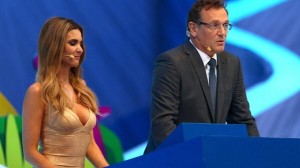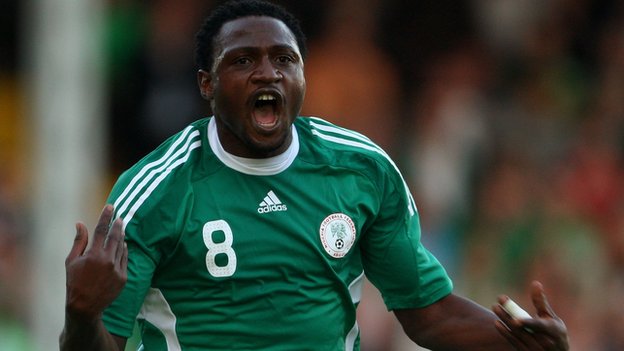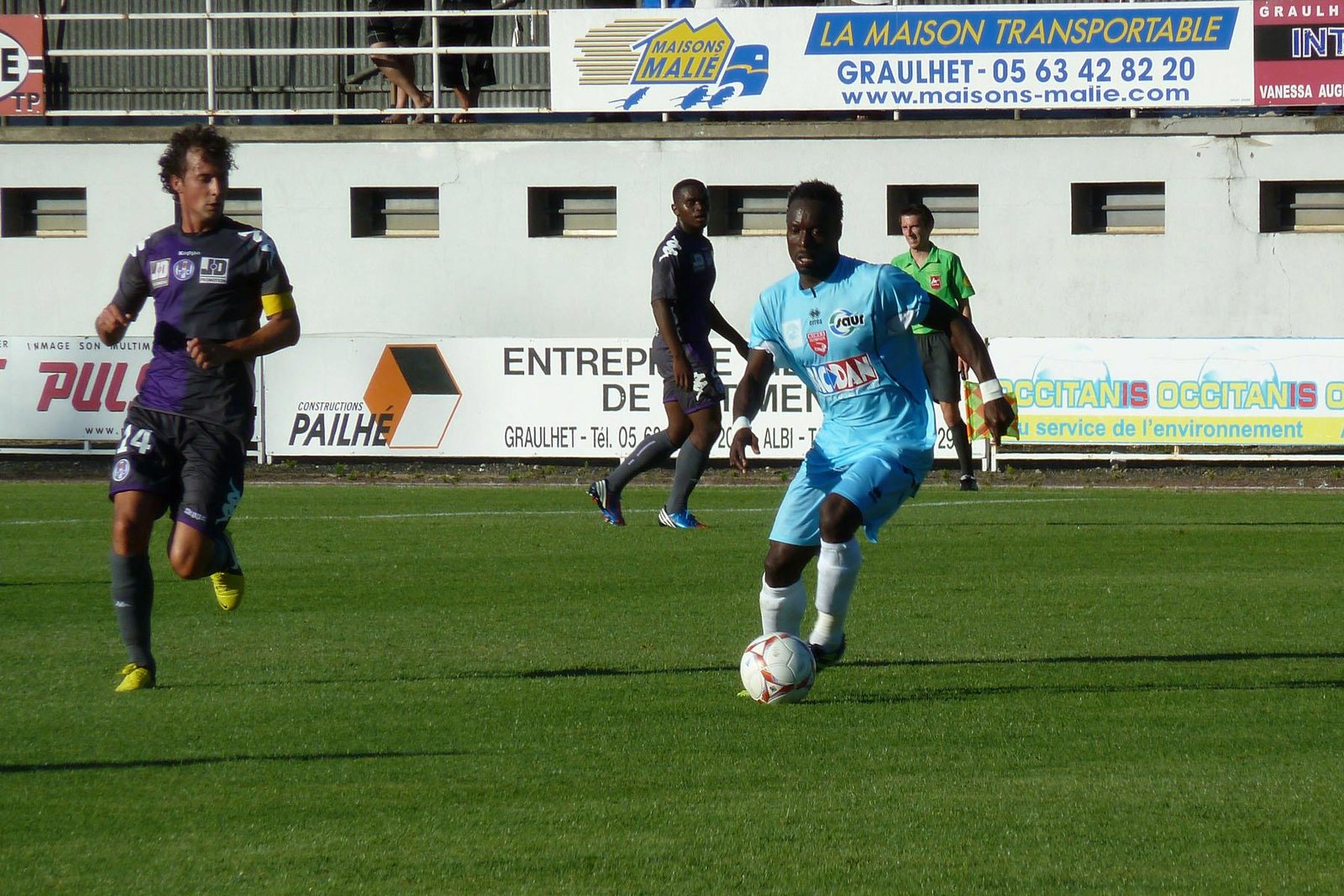The draw for the 2014 World Cup stirred controversy, with some suggesting a plot favoring certain teams, particularly France, due to their seemingly easy group placement. The Spanish press went as far as to assert that the entire ceremony in Costa do Sauipe was a hoax, implicating FIFA’s Secretary General, Jérôme Valcke.
Spanish media, fueled by a video analysis, propagated a conspiracy theory suggesting that Valcke manipulated the draw by changing the labels with team names under his desk. They pointed out that after the drawing of the first ball (Brazil’s), the remaining 31 balls ended up in Valcke’s hands. Each time, after revealing the ball on camera, Valcke’s hands disappeared behind his desk momentarily before presenting the small label with the country’s name.
While this mode of operation raised suspicions and fueled paranoia, it was deemed a highly unlikely and crude manipulation of the draw. Critics suggested that if such actions were to occur, they would likely be more discreet in the future.
In response to the rumors, UEFA General Secretary Gianni Infantino defended FIFA, stating that in a draw, it is not possible for there to be irregularities. He emphasized the importance of establishing rules well in advance to ensure transparency, pointing to the upcoming Euro 2016 draw in France as an example. Infantino’s comments aimed to dispel any doubts about the integrity of the draw process.











